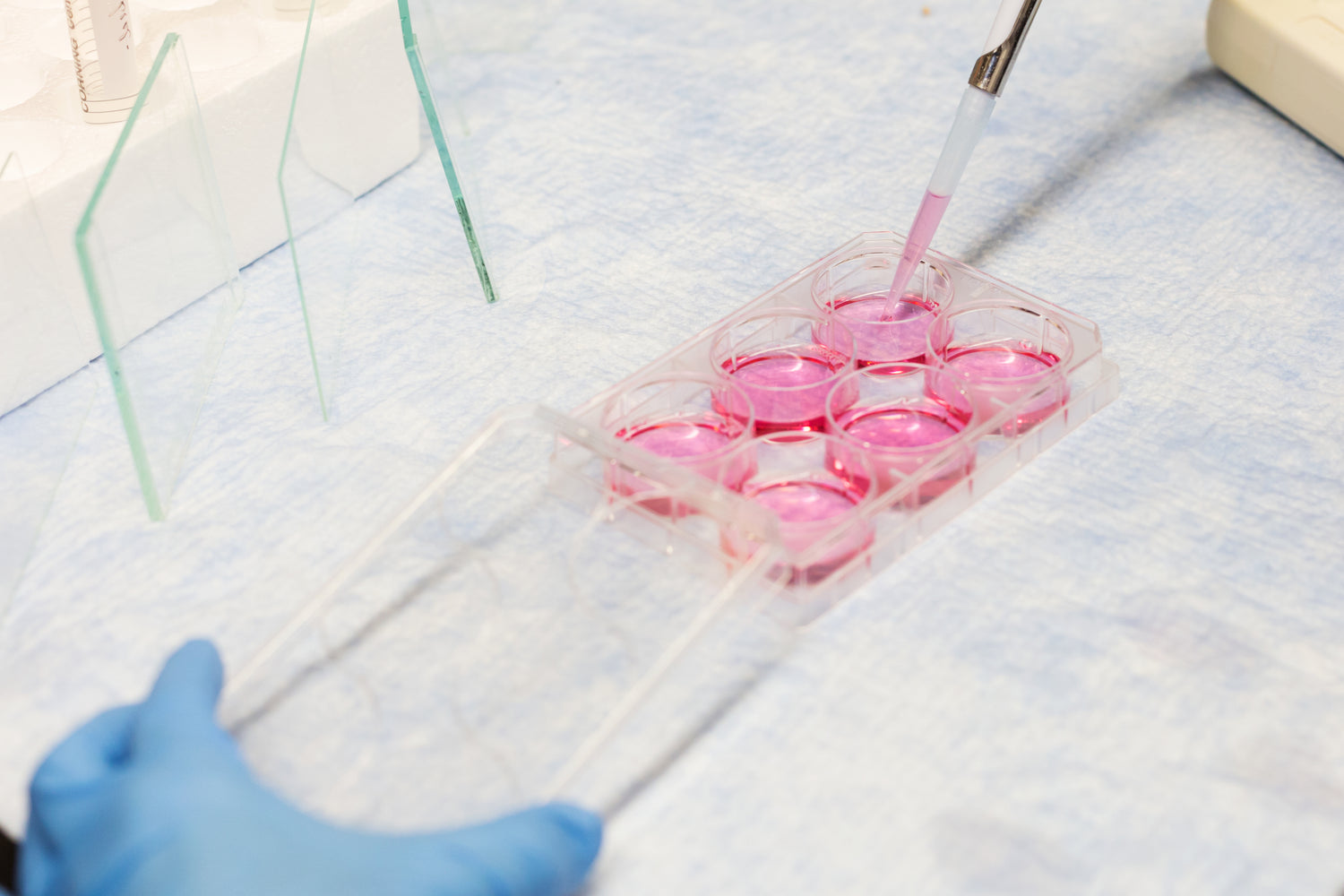Ultrasonic cavitation technology is a physical phenomenon and application technology based on ultrasound, which is a form of sound wave, and the two are closely related but different:

-
Ultrasound: Definition: Ultrasound is a sound wave with a frequency above the upper limit of human hearing (usually greater than 20kHz). It propagates in elastic media (such as liquids, solids), has the properties of mechanical waves, is able to carry energy and interact with the medium.
Good directivity: Due to its short wavelength, it can be more concentrated in a specific direction during the propagation process, which makes the ultrasound can be accurately focused on a specific area or target, such as in medical ultrasound imaging, ultrasound can accurately scan the organs and tissues inside the human body.
Strong penetration ability: it can penetrate some materials, such as human tissues, small gaps in metal materials, etc., which provides the basis for the application of ultrasound in non-destructive testing, medical diagnosis and other fields. For example, in industry, ultrasound can be used to detect defects inside metal materials, and in medicine, ultrasound can be used to observe the development of the fetus.
Energy concentration: with a high energy density, when propagated in the medium, it can transfer energy to the medium, so that the medium can undergo physical or chemical changes. -
Ultrasonic cavitation technology:
Definition: When the ultrasonic energy is high enough, the phenomenon of "ultrasonic cavitation" will occur in the liquid, that is, the tiny bubble (cavitation nucleus) in the liquid vibrates, grows and continuously gathers the sound field energy under the action of the ultrasonic field, and when the energy reaches a certain threshold, the cavitation bubble collapses and closes sharply.
Physical effects: Microjets: Cavitation bubbles will produce a velocity of about 110m/s and a strong impact microjet when they collapse sharply. This microjet can impact the particles in the liquid, the surface of the object, etc., and play a role in cleaning, dispersing, crushing and so on. For example, in ultrasonic cleaning, microjets can effectively wash away dirt on the surface of objects; In nanomaterial preparation, microjets can help disperse nanoparticles so that they are evenly distributed.
Local high temperature and high pressure: The moment of the collapse of the cavitation bubble will produce local high temperature (up to 5000K) and high pressure (up to 1800atm), and this extreme physical condition can trigger chemical reactions in the liquid, promoting the synthesis and decomposition of substances. For example, in some organic synthesis reactions, the high temperature and high pressure generated by ultrasonic cavitation can accelerate the reaction rate and increase the reaction yield. -
Application field:
Industrial field: In the material processing, it can be used for the dispersion of nanomaterials, particle size reduction, particle synthesis and precipitation, etc., to prepare high-quality nanomaterials; In terms of cleaning, ultrasonic cleaning machines can use the principle of ultrasonic cavitation to clean various precision parts, electronic devices, etc., to remove surface dirt and impurities.
Medical field: such as cataract phacoemulsification surgery, the use of ultrasonic cavitation effect to crush insoluble solids in the eye (cataract) into particles, and then form an emulsion with the surrounding liquid and suck out, to achieve the purpose of treatment.
Environmental protection field: can be used for sewage treatment, through the physical effect of ultrasonic cavitation to destroy the molecular structure of organic matter in sewage, so that it is decomposed into harmless substances, improve the sewage treatment effect.








